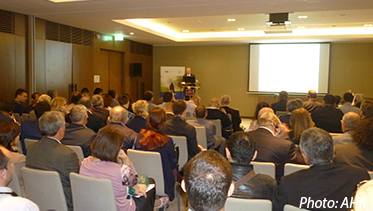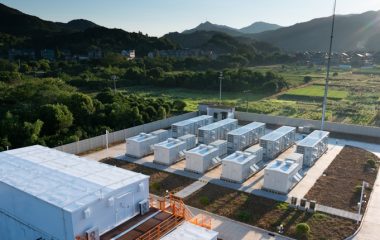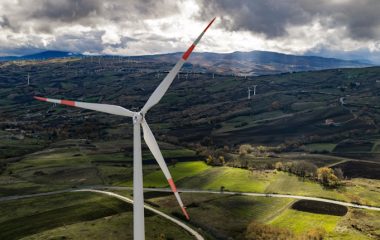
The use of agricultural biomass in Serbia is still marginal, at a few percent of potential, while woody material in the overall segment is utilized almost to the full in current conditions, according to participants at an event organized by the Delegation of the German Economy (AHK) in Serbia and the German Federal Ministry of Economic Affairs and Energy (BMWi).
Biomass has the biggest share in Serbia’s renewable energy sources, estimated at 3.4 million tonnes of oil equivalent per year or 64%, said Martin Knapp, head of AHK, opening the conference ’Biomass and Biogas in Serbia’, portal Euractiv reported. He reminded the project ‘Development of Sustainable Bioenergy Market in Serbia’ (DKTI) is implemented with support from Deutsche Gesellschaft für Internationale Zusammenarbeit (GIZ). He also said German companies are interested in business cooperation in the field of renewables, making an introduction for five companies from Germany which presented their portfolio in biomass and sustainable energy sector as well as plans for Serbia: Ekcentec, A.P. Bioenergietechnik, Strawterm, Vecoplan and New eco-tech Verfahrenstechnik.
Slobodan Cvetković, responsible for sustainable use of natural resources in Serbia’s Ministry of Agriculture and Environmental Protection, stated every year 12 million tonnes of agricultural residue is produced, but that only one third can be used for energy generation, while the number of cattle, a potential source of biogas, is decreasing.
Professor Branko Glavonjić from the Faculty of Forestry stressed forest biomass was the third energy source in 2014 with 15.1% of final consumption, behind oil and electricity. He added annual consumption in Serbia is 7.8 million cubic meters of wood, mainly in households, with 81%. He also stated wood is the main source of energy for 1.1 million households, but with low level of energy efficiency.
Glavonjić said woody biomass expenditure is growing because it is a cheap source of energy, mainly used to produce pellets, chips and coal, while the investors are mostly interested in pellets. “In the last couple of years the utilization of pellets is increasing although our government still did not introduce stimulative measures for users of pellet-fuelled equipment like other countries in the region”, he underscored, explaining the tax rate for pellets, at 20%, is bigger than for wood and gas (10%). In his opinion, the prepared directive on feed-in tariffs will not bring changes for the use of biomass.








